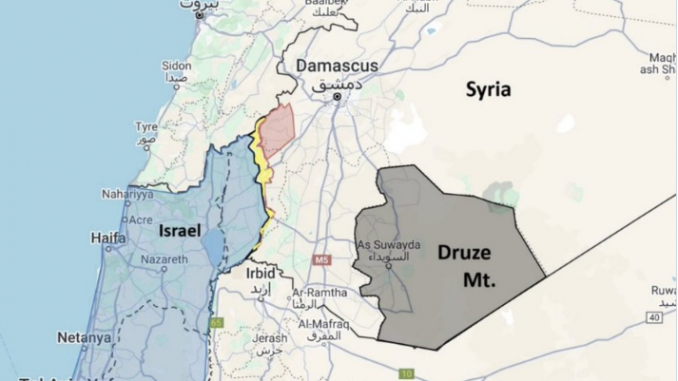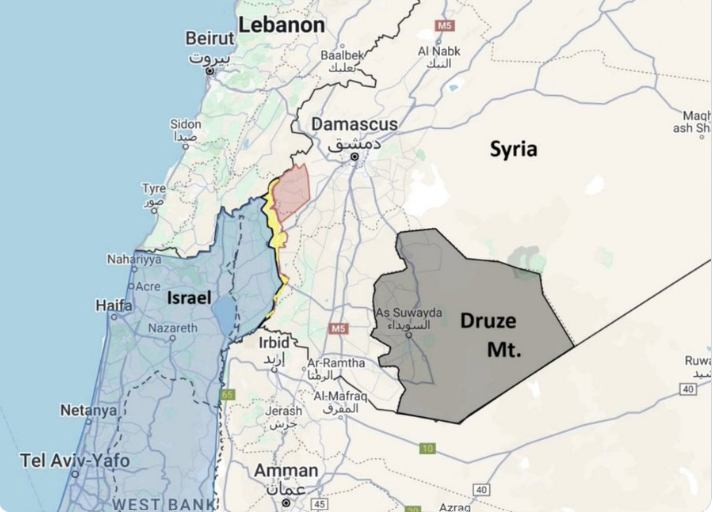
| The Druze (Arabic darazi, pl. druz) represent a small and distinct religious community, with members mainly in Lebanon, Syria, Israel, and Jordan.In Syria, most Druze live in the Jabal al-Druz, a rugged and mountainous region in the southwest of the country, which is more than 90 percent Druze inhabited; some 120 villages are exclusively so. The remaining 10 percent is largely Christian. The religion developed out of Ismaili Islam, during the Fatimid Caliphate, in the 10th century. The religion did not attempt to reform Islam, but rather to create a new synthetic religion, influenced by Greek philosophy, Gnosticism and Christianity among others. The main actors were al-Hakim bi-Amr Allah, the Fatimid Caliph who allowed the movement to grow and Hamza, the main architect of the movement. The official name of the movement is « Tawheed » (Unity). Picture of a Traditional Druze Man |

| The Druze (Arabic darazi, pl. druz) represent a small and distinct religious community, with members mainly in Lebanon, Syria, Israel, and Jordan.In Syria, most Druze live in the Jabal al-Druz, a rugged and mountainous region in the southwest of the country, which is more than 90 percent Druze inhabited; some 120 villages are exclusively so. The remaining 10 percent is largely Christian. The religion developed out of Ismaili Islam, during the Fatimid Caliphate, in the 10th century. The religion did not attempt to reform Islam, but rather to create a new synthetic religion, influenced by Greek philosophy, Gnosticism and Christianity among others. The main actors were al-Hakim bi-Amr Allah, the Fatimid Caliph who allowed the movement to grow and Hamza, the main architect of the movement. The official name of the movement is « Tawheed » (Unity). Picture of a Traditional Druze Man |
These events are quotes are taken from my article: « Shishakli and the Druze: Integration and Intransigence. » https://joshualandis.oucreate.com/Joshua_Landis_Druze_and_Shishakli.htm
